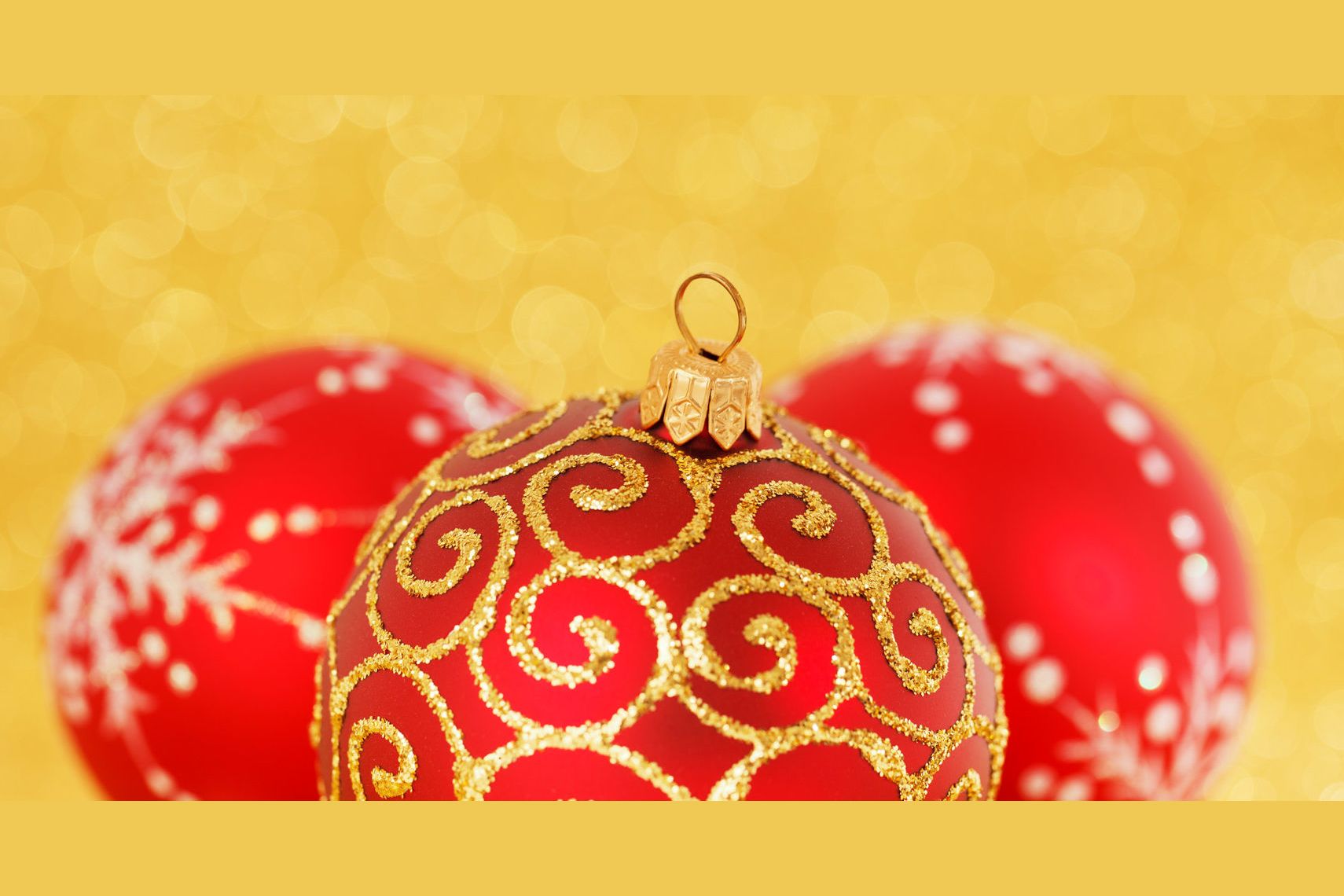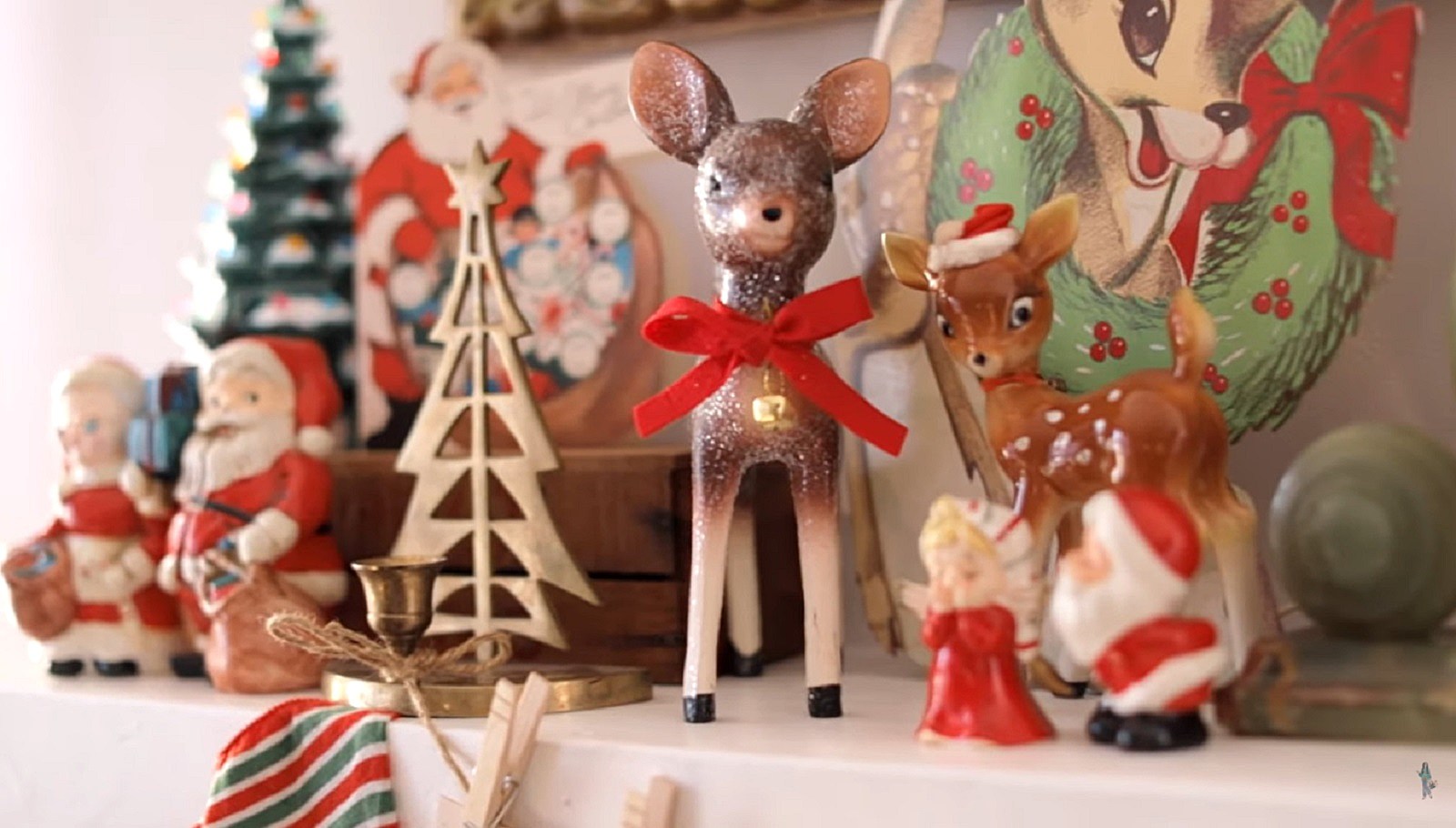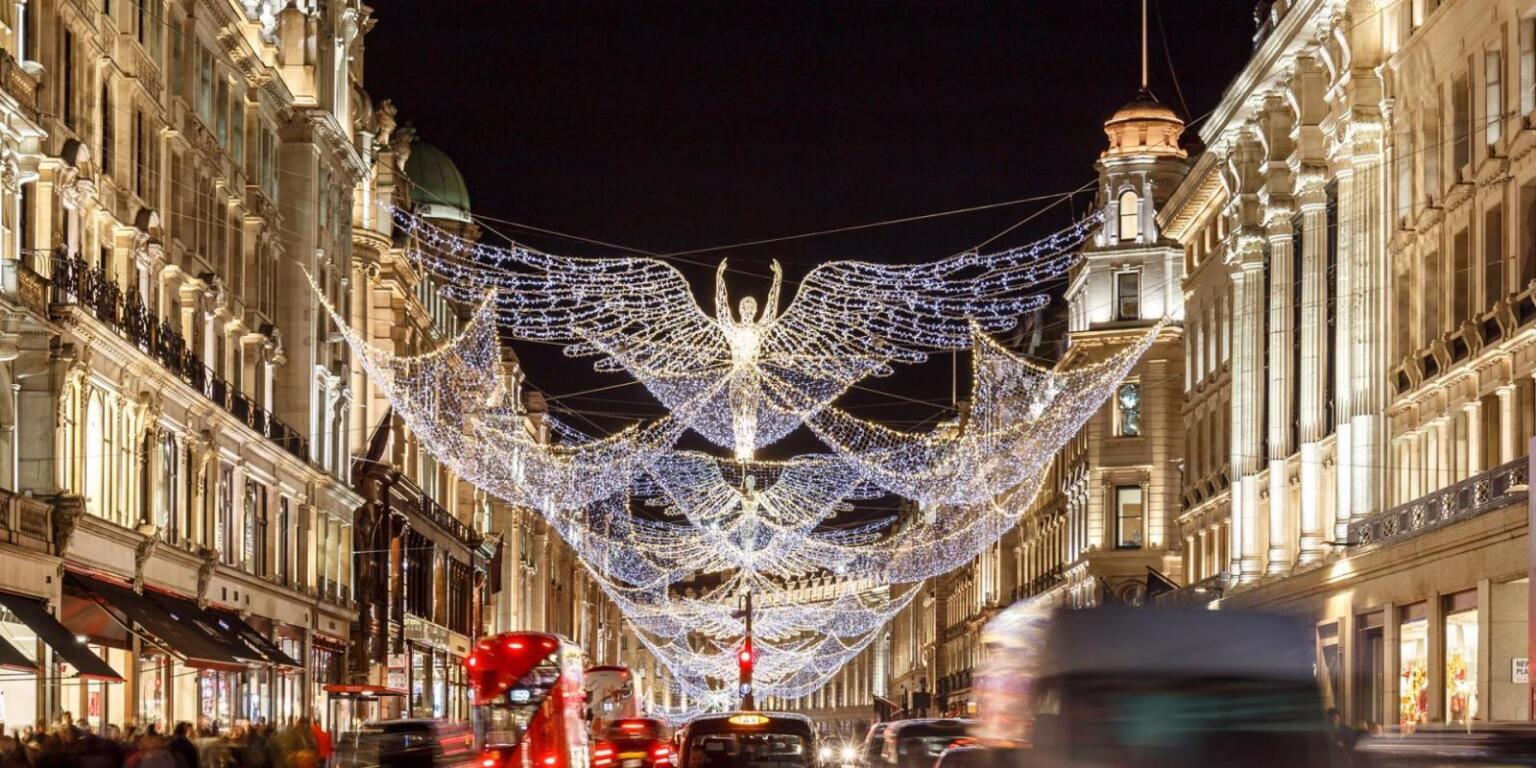The Christmas Tree Tradition: Origins of the Decorating Custom

The tradition of decorating a Christmas tree is one of the most beloved and iconic symbols of the holiday season. This practice, which originated centuries ago, has evolved significantly over time, blending pagan customs with Christian traditions, and spreading across the globe as a symbol of joy and celebration. In this exploration, we delve into the roots of this festive custom, examining its historical beginnings, cultural adaptations, and the significance it holds today.
Historical Roots of Christmas Trees

The origin of the Christmas tree can be traced back to various ancient civilizations, each contributing to what we recognize today as the quintessential holiday decoration:
- Pre-Christian Europe: In ancient times, many pagan cultures in Europe celebrated the winter solstice, the shortest day of the year, with the decoration of trees. The evergreen tree was a potent symbol of life and fertility, surviving the harsh winters that killed off other flora.
- Germany: The modern Christmas tree tradition is often attributed to medieval Germany. One popular story involves Saint Boniface in the 8th century, who is said to have used an evergreen tree to demonstrate the importance of life and rebirth, cutting down an oak tree sacred to pagan rituals and replacing it with a fir tree. However, it wasn't until the 16th century that actual trees were decorated during the holidays. Martin Luther, the Protestant reformer, is often credited with popularizing the tree by adding lighted candles to represent the stars in the sky over Bethlehem.
From Pagan Symbol to Christian Tradition


The transition from pagan celebrations to Christian festivities involved several layers of adaptation:
- Syncretism: Many pagan traditions were absorbed into Christian festivities to ease the transition for converts. The use of evergreen trees, originally symbolic of fertility and eternal life, was re-imagined to represent the everlasting life offered by Jesus Christ.
- Decorations: Early decorations included nuts, berries, and handmade items like paper flowers or garlands. These elements not only beautified the tree but also carried symbolic meanings, like the apples symbolizing the forbidden fruit in the Garden of Eden.
Spread of the Christmas Tree Tradition

The custom of decorating Christmas trees took centuries to spread beyond Germany:
- Queen Victoria's Influence: Perhaps the most significant catalyst for the spread of the Christmas tree in England and the United States was its endorsement by Queen Victoria and Prince Albert. A widely circulated illustration of the royal family with their decorated tree in the mid-19th century sparked a trend, making it fashionable and aspirational.
- Migration: German immigrants brought the tradition to North America in the 18th and 19th centuries. Initially, it was seen as a quirky German custom, but as communities integrated, so did their customs.
- Commercialization: By the late 19th and early 20th centuries, the Christmas tree became commercialized, with the introduction of glass ornaments, electric lights, and artificial trees, making the decoration accessible and appealing to a broader audience.
Modern Christmas Tree Decorations

| Decoration | Symbolism |
|---|---|
| Christmas lights | Symbolize the light of Christ coming into the world |
| Star or angel topper | Represent the Star of Bethlehem or the angel announcing Jesus' birth |
| Ornaments | Vary from personal keepsakes to themes, each holding special meaning to the owner |

🎄 Note: While modern decorations are vibrant and diverse, the core idea of celebrating life and hope remains intrinsic to the Christmas tree tradition.
Today, Christmas trees are decorated not just with symbols of Christianity but also with ornaments reflecting personal tastes, cultural heritage, and current trends:
- Custom Ornaments: Many families now decorate their trees with personalized ornaments representing family members, pets, or special events from the year.
- Pop Culture: Themes from movies, books, and popular culture also find their way onto trees, making each one unique and reflective of its time.
Concluding our journey through the centuries, the Christmas tree tradition remains a vivid and cherished part of holiday celebrations worldwide. From its pagan origins as a symbol of life, through its adoption into Christian iconography, to its current role as a centerpiece of familial joy and cultural expression, the decorated tree continues to bring light and warmth during the darkest months of the year. Its evolution tells a story of cultural blending, acceptance, and the enduring quest for symbols that speak to our hopes for renewal and peace.
Why do we put candles or lights on Christmas trees?

+
Lights on Christmas trees are symbolic of the light of Jesus Christ coming into the world, bringing hope and warmth during the darkest time of the year.
What is the significance of the star or angel on top of the tree?

+
The star represents the Star of Bethlehem that guided the wise men to Jesus, while the angel commemorates the angels that announced Christ’s birth.
Are real or artificial trees more environmentally friendly?

+
Real trees are renewable if sustainably farmed, with some farms replanting for every tree cut. Artificial trees, although reusable, are made from non-biodegradable materials and require significant energy to produce and transport.
How do different cultures customize their Christmas trees?

+
Different cultures add unique ornaments reflecting their traditions. For example, in Mexico, one might see piñatas and papel picado; in Poland, spiders and webs for good luck; and in Finland, real candles are often used for a traditional touch.



